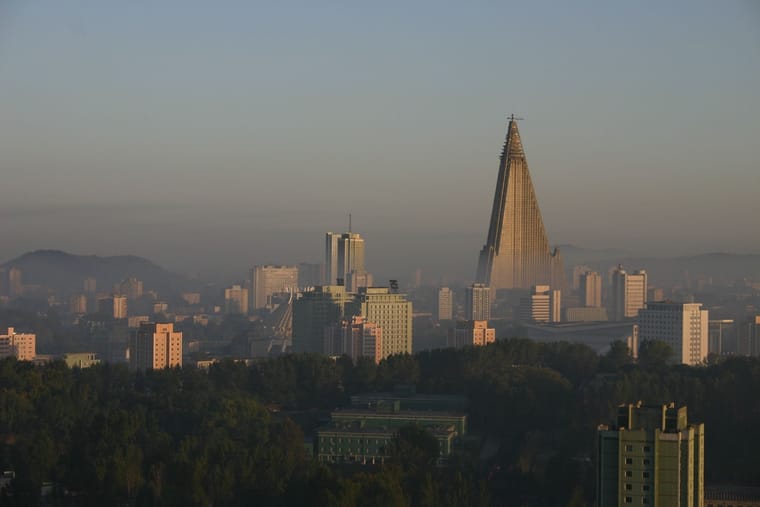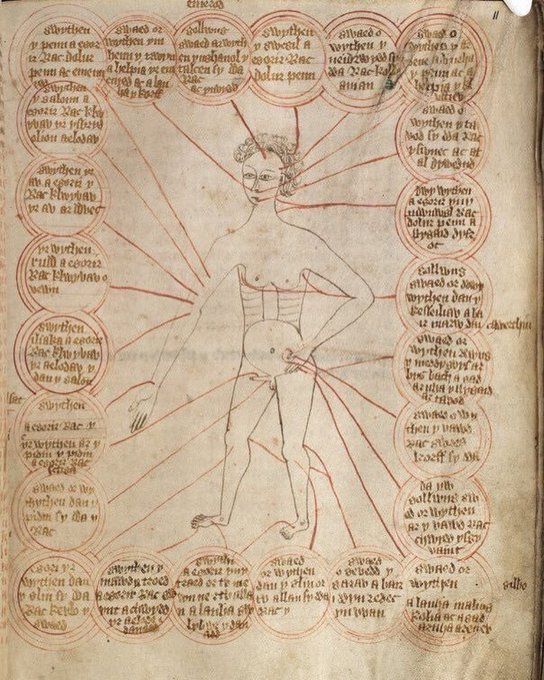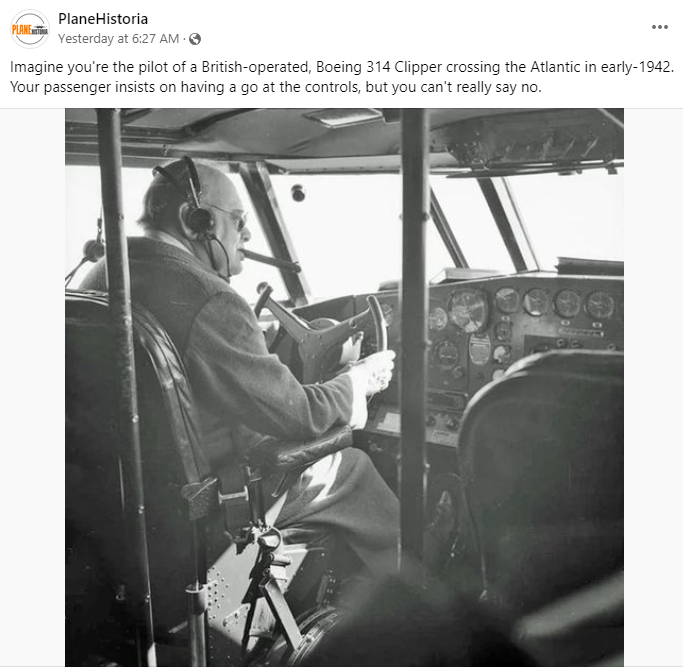Mildly interesting
-
@Mik said in Mildly interesting:
I don't want that steak.
Pretty much any freshly cut meat will do that - sodium channels....
Chinese meat inspector Lv Suwen explained the phenomenon like this in a 2015 article: “The central nervous system is dead but the nerve-endings in the muscles are still firing resulting in the jumping, because the nerves are not yet dead. This will stop after a short time.”
While this ribeye reanimation may seem revolting, it’s actually an indicator of high-quality meat. “You can rest assured, this piece of meat is very fresh and is from a freshly slaughtered animal,” Suwen declared.
Nonetheless, viewers were revolted by the spectacle with one aghast gawker calling the dancing beef “the least appetizing thing I’ve ever seen.”
-
32,883 mph...
https://en.wikipedia.org/wiki/1972_Great_Daylight_Fireball
The Great Daylight Fireball (also known as the Grand Teton Meteor ) was an Earth-grazing fireball that passed within 57 kilometres (35 mi; 187,000 ft) of Earth's surface at 20:29 UTC on August 10, 1972. It entered Earth's atmosphere at a speed of 15 kilometres per second (9.3 mi/s) in daylight over Utah, United States (14:30 local time) and passed northwards leaving the atmosphere over Alberta, Canada. It was seen by many people and recorded on film and by space-borne sensors.[3] An eyewitness to the event, located in Missoula, Montana, saw the object pass directly overhead and heard a double sonic boom. The smoke trail lingered in the atmosphere for several minutes.
The atmospheric pass modified the object's mass and orbit around the Sun. A 1994 study found that it is probably still in an Earth-crossing orbit and predicted that it would pass close to Earth again in August 1997. However, the object has not been observed again and so its post-encounter orbit remains unknown.
Analysis of its appearance and trajectory showed the object was about 3–14 m (10–45 ft) in diameter, depending on whether it was a comet made of ice or a stony and therefore denser asteroid. Other sources identified it as an Apollo asteroid in an Earth-crossing orbit that would make a subsequent close approach to Earth in August 1997. In 1994, Czech astronomer Zdeněk Ceplecha reanalysed the data and suggested the passage would have reduced the asteroid's mass to about a third or half of its original mass (reducing its diameter to 2–10 metres (6.6–32.8 ft)).
The object was tracked by military surveillance systems and sufficient data obtained to determine its orbit both before and after its 100-second passage through Earth's atmosphere. Its velocity was reduced by about 800 metres per second (2,600 ft/s) and the encounter significantly changed its orbital inclination from 15 degrees to 7 degrees. If it had not entered at such a grazing angle, this meteoroid would have lost all its velocity in the upper atmosphere, possibly ending in an airburst, and any remnant would have fallen at terminal velocity
-
-
-
@Copper said in Mildly interesting:
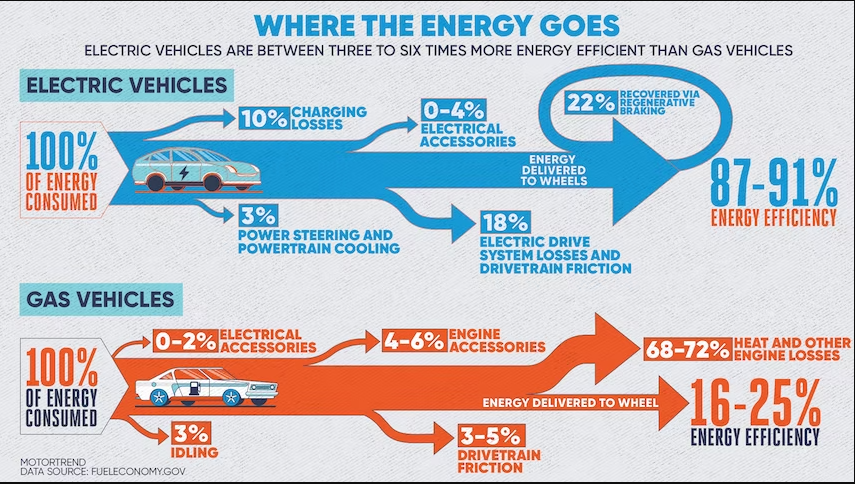
I read the article and looked at the studies they linked to. There are still many areas of secondary emissions that they aren’t taking into account. The replacement issue, for one… Especially if the insurance companies are more likely to scrap an EV… Beyond that, the installation and long term maintenance of the charging stations also springs to mind… Plus all of the emissions from obnoxious EV owners telling me how they are saving the world…
-
The Ryugyong Hotel (Korean: 류경호텔; sometimes spelled as Ryu-Gyong Hotel), or Yu-Kyung Hotel,[4] is an unfinished 105-storey, 330-metre-tall (1,080 ft) pyramid-shaped skyscraper in Pyongyang, North Korea. Its name ("capital of willows") is also one of the historical names for Pyongyang.[5] The building is also known as the 105 Building, a reference to its number of floors.[3] The building has been planned as a mixed-use development, which would include a hotel.
Construction began in 1987 but was halted in 1992 as North Korea entered a period of economic crisis after the dissolution of the Soviet Union. After 1992, the building stood topped out, but without any windows or interior fittings. In 2008, construction resumed, and the exterior was completed in 2011. The hotel was planned to open in 2012, the centenary of founding leader Kim Il-sung's birth. A partial opening was announced for 2013, but this was cancelled.[6] In 2018, an LED display was fitted to one side, which is used to show propaganda animations and film scenes.[7]
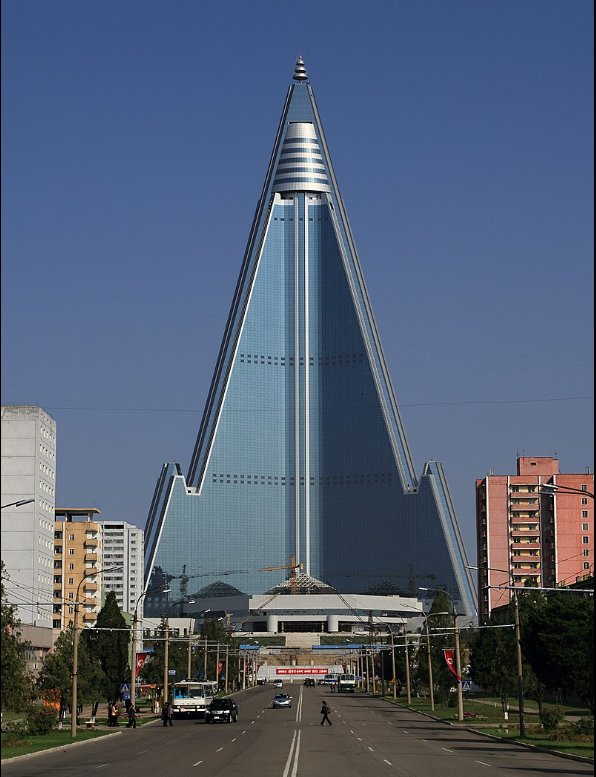
-
The Ryugyong Hotel (Korean: 류경호텔; sometimes spelled as Ryu-Gyong Hotel), or Yu-Kyung Hotel,[4] is an unfinished 105-storey, 330-metre-tall (1,080 ft) pyramid-shaped skyscraper in Pyongyang, North Korea. Its name ("capital of willows") is also one of the historical names for Pyongyang.[5] The building is also known as the 105 Building, a reference to its number of floors.[3] The building has been planned as a mixed-use development, which would include a hotel.
Construction began in 1987 but was halted in 1992 as North Korea entered a period of economic crisis after the dissolution of the Soviet Union. After 1992, the building stood topped out, but without any windows or interior fittings. In 2008, construction resumed, and the exterior was completed in 2011. The hotel was planned to open in 2012, the centenary of founding leader Kim Il-sung's birth. A partial opening was announced for 2013, but this was cancelled.[6] In 2018, an LED display was fitted to one side, which is used to show propaganda animations and film scenes.[7]

@Copper My first trip there was before they did the outside cladding. This is what it looked like then.
